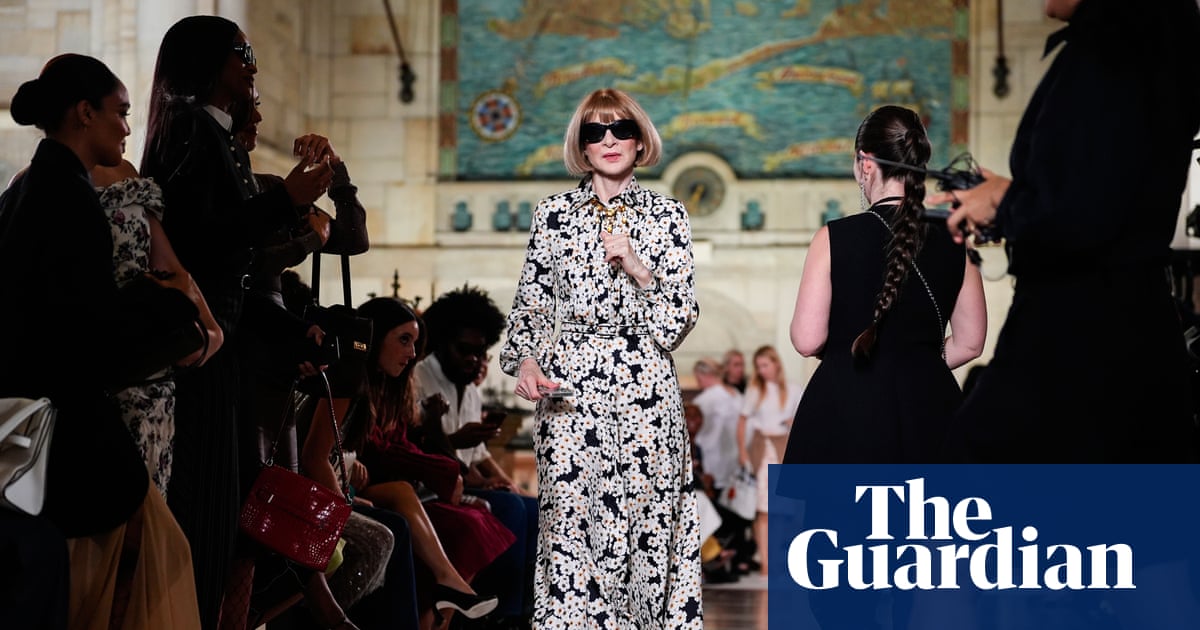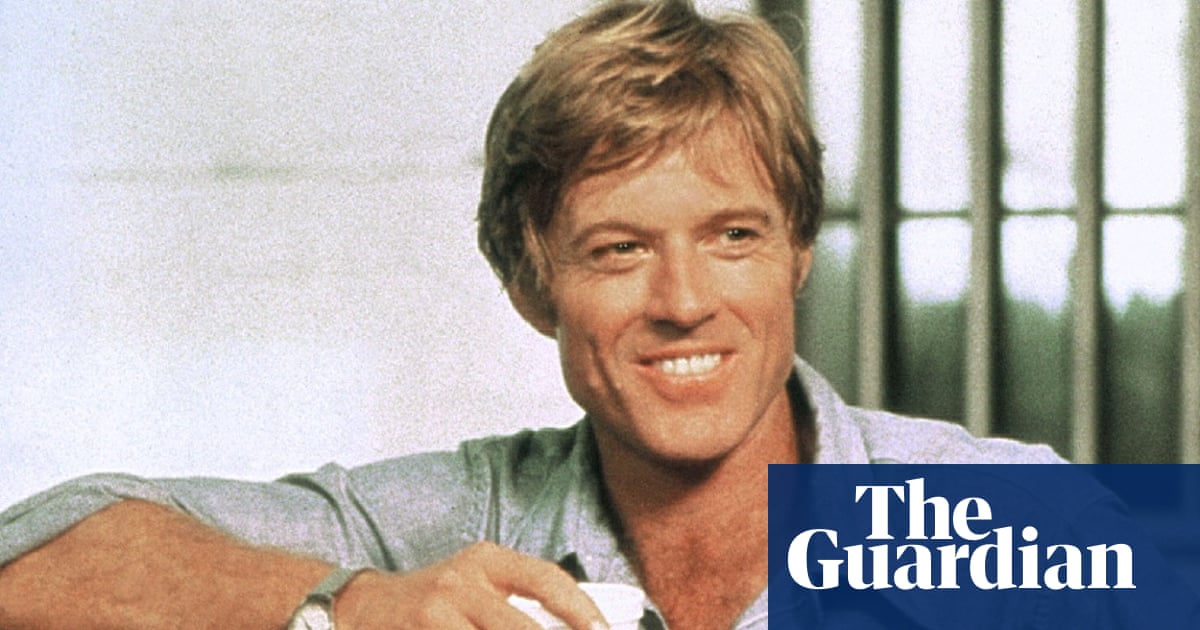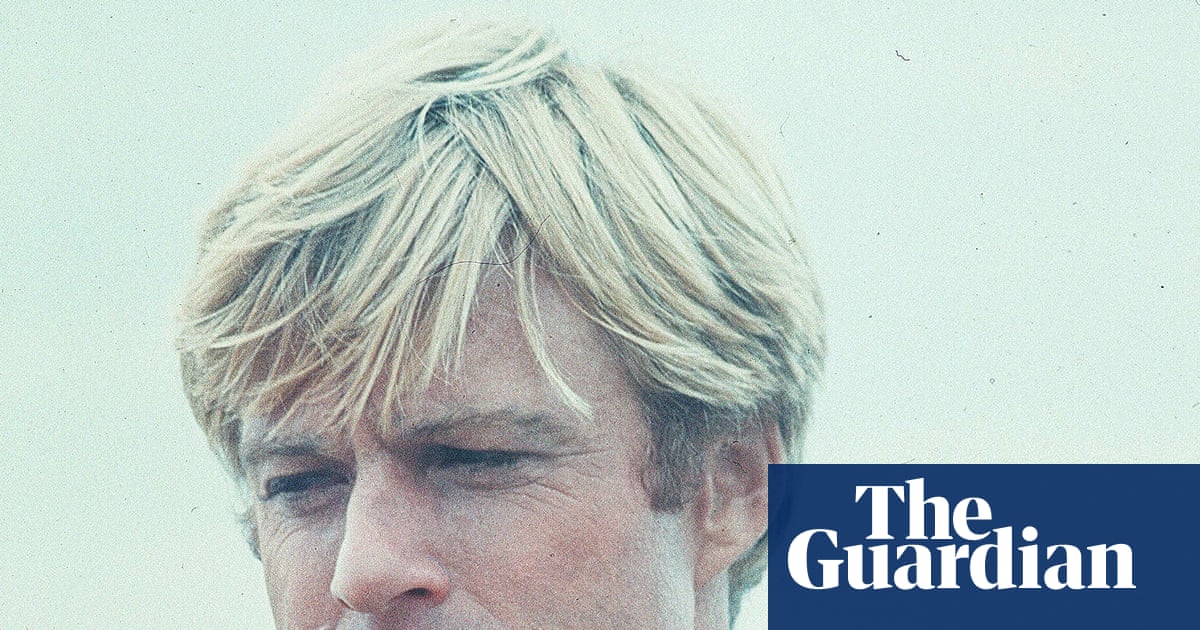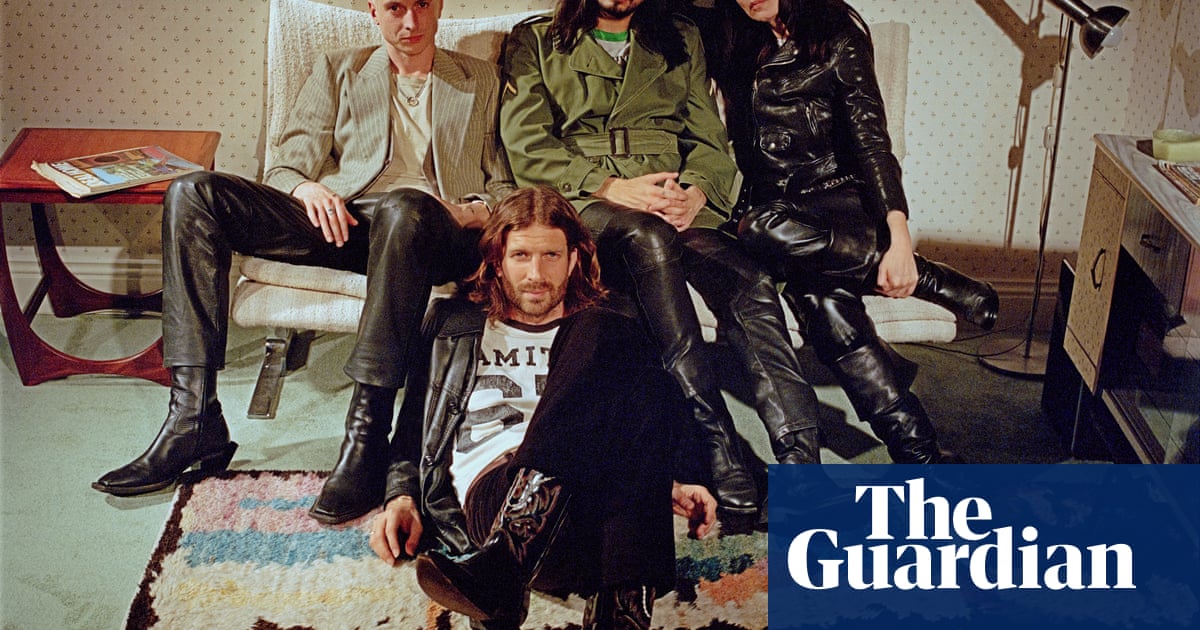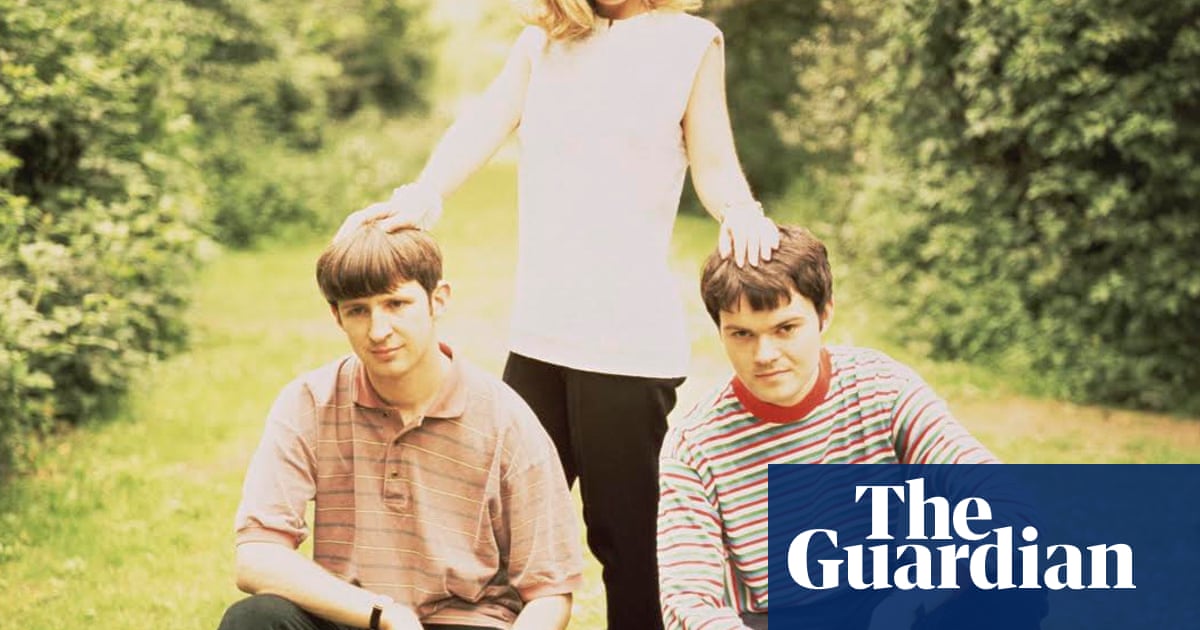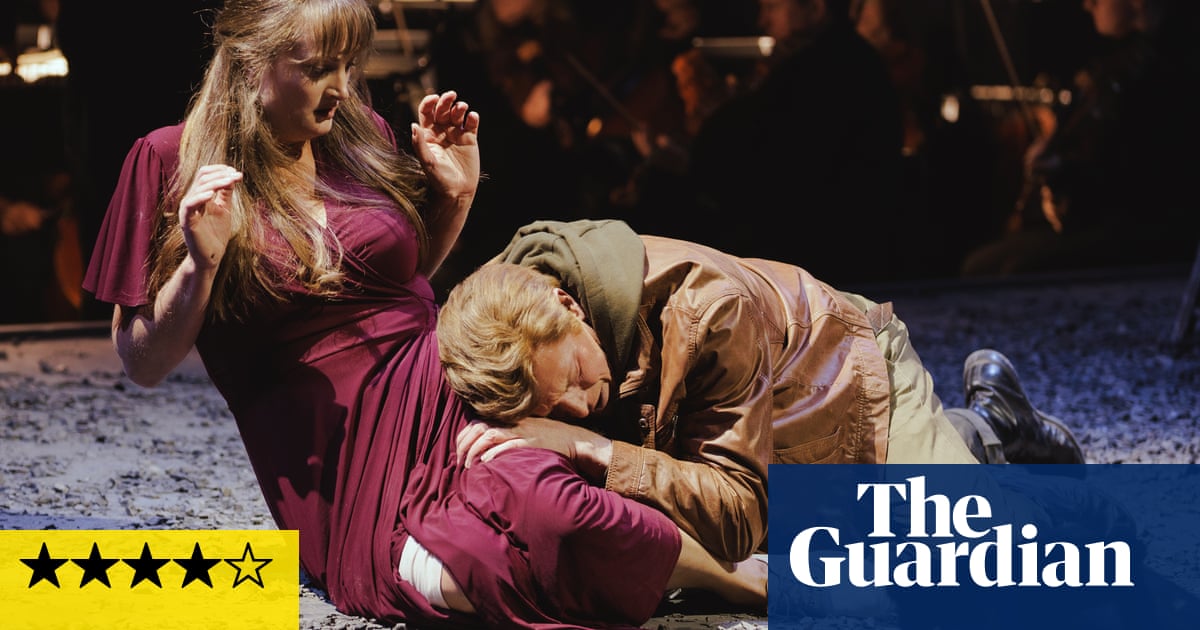When Glyndebourne opened its doors in 1934, it did so with The Marriage of Figaro, the first in a fabled line of productions of Mozart’s comic masterpiece to grace its stages over the last 90 years. If the director Mariame Clément felt any pressure, it didn’t show. Hers is a nuanced staging that manages to be astute, funny and moving all at once. It’s also extremely well sung.
The opera is about many things, but a great deal hinges on the ancient concept of droit de seigneur, a barbaric medieval custom whereby a feudal lord was entitled to have sex with a female servant on her wedding night. Mozart’s Count, we learn, has made a show of ending the tradition, though he still hopes to bed the feisty Susanna, maidservant to his estranged Countess. Clément sets the show in its original period, allowing its parallels to resonate across the centuries with today’s audiences, and so they do.
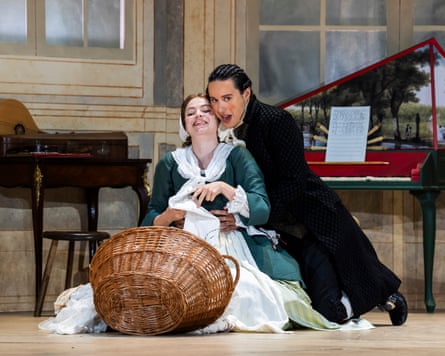
There is a powerful interrogation of character here: the determination and resourcefulness of Susanna, the aching loneliness of the Countess, and the testosterone-fuelled antagonism that develops between the Count and his increasingly implacable manservant, Figaro. Revolutionary feelings erupt at several points. Whether or not he prevails in his immediate sexual depredations, the Count’s days are plainly numbered. He might join in the final outburst of bonhomie, but as a predator his career is in tatters.
Clément is clearly blessed with funny bones, as are most of her singers. At the opening of Act III, we hear the Count’s voice, seemingly from off stage. Moments later, as a wriggling foot emerges over its rim, we realise he was submerged in the bathtub all along. The fistfuls of documents concealed under Marcelina’s voluminous skirts, the rogue’s gallery of doddery old men, and a hastily improvised game of rock paper scissors all receive well-earned laughs.
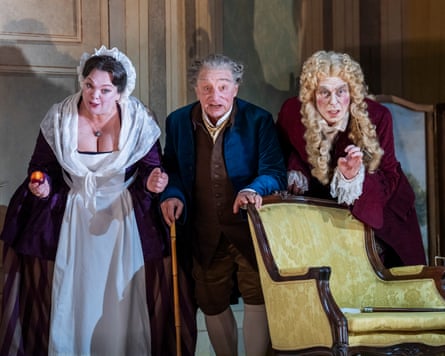
Julia Hansen’s rotating sets are a marvel, presenting a labyrinthine succession of pastel-painted rooms, corridors and gardens. Equally eye-catching are her vibrant costumes and Paule Constable’s atmospheric lighting, which never fails to pick out a face. Riccardo Minasi drives the score hard, though his flexible beat is always alert to the drama. The playing of the Orchestra of the Age of Enlightenment is exhilarating, though balance is sometimes an issue.
The cast is led by Johanna Wallroth’s sparky Susanna and Louise Alder’s radiant Countess. The latter delivers an immaculate account of Porgi amor and a poignantly staged Dove sono. Michael Nagl is an appealingly bumptious Figaro, Huw Montague Rendall a preening, raptor-like Count, and Adèle Charvet engaging and entirely convincing as the reluctantly cross-dressed Cherubino. As Bartolo and Marcelina, Alessandro Corbelli and Madeleine Shaw are surprisingly tender in the paternity scene, another of Clément’s many thoughtful touches.

.png) 2 months ago
30
2 months ago
30




